Cervical screening is available to women and people with a cervix aged 25 to 64 in England.
All eligible people who are registered with a GP (as female) automatically receive an invitation by mail.
NHS cervical screening helps prevent cervical cancer. It saves thousands of lives from cervical cancer each year in the UK. In England cervical screening currently prevents 70% of cervical cancer deaths. If everyone attended screening regularly, 83% could be prevented.
The first invitation is sent to eligible people at the age of 24.5 years. People aged 25 to 49 receive invitations every 3 years. People aged 50 to 64 receive invitations every 5 years.

Cervical cancer happens when cells in the cervix grow in an uncontrolled way and build up to form a lump (also called a tumour). As the tumour grows, cells can eventually spread to other parts of the body and become life-threatening.
Your cervix is the lowest part of your uterus (or womb), and it is found at the top of your vagina.
Cervical screening looks for the human papillomavirus (HPV) which can cause abnormal cells on the cervix. If HPV is found a cytology test is used as a triage, to check for any abnormal cells.
If no abnormal cells are found, a follow up screen is arranged for 12 months’ time. This will check to see if the immune system has cleared the virus.
Most HPV infections are transient, and slightly abnormal cells often go away on their own when the virus clears. If HPV persists, abnormal cells can, if left untreated, turn into cancer over time.
If abnormal cells are found, the individual will be referred to colposcopy.
The NHS website has more information, including:
- how cervical screening helps to prevent cancer
- what HPV is
- how HPV is spread
What happens at a cervical screening?
The test looks for changes in your cervix. The cervix is inside your body at the top of your vagina. You cannot see it. People use different words for their vagina such as private parts, front bottom or down below.
Cervical screening looks for a virus in the cervix. For a very small number of women the virus can be serious and cause cervical cancer. This is a cancer that starts in the cervix. It is a very serious illness that you can die from.

The smear test is usually done by a female nurse or doctor. You can ask to make sure a female does your test when you book your appointment.
The actual test only takes 1 to 2 minutes. The whole appointment usually takes about 10 minutes.
The nurse or doctor will ask you to undress from your waist down (or just remove your underwear if you are wearing a loose skirt) and lie on a bed with your knees bent and apart. You will have a paper sheet or towel to cover your stomach and hips.
They will put a device called a speculum into your vagina and open it gently. This allows them to see your cervix. The speculum is usually made of plastic and a new one is used for each screening test. The nurse or doctor then uses a small soft brush to take a sample of cells from the surface of your cervix. You might feel some discomfort, but this should go away quickly. If it feels painful, tell the nurse or doctor and they will try to make it more comfortable for you.
You are in control of your screening appointment, and you can ask to stop at any time.
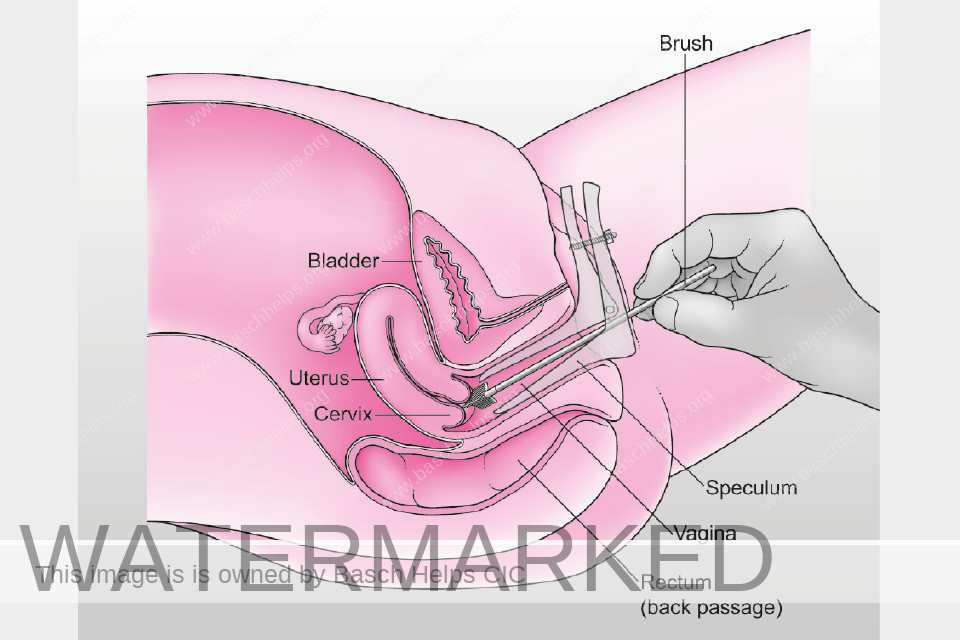

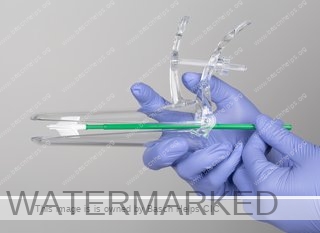
The Results
Your sample is tested to look for the virus and any unhealthy cells.
You will get the result of your smear test in a letter or someone will telephone you.
There are 4 possible results.
1. HPV negative
An HPV negative result means we will not do any further tests. This result means it is highly unlikely that you will have any abnormal cervical cells. Even if you did, it would be extremely unlikely that they would cause a problem. We will simply call you back for screening again in 3 or 5 years’ time (depending on your age).
2. HPV positive: no abnormal cells
If your sample is HPV positive we also test it for abnormal cervical cells. If none are found, your result will say you have HPV, but no abnormal cells. We will ask you to come for screening again sooner than usual (your result letter will explain when). This is so we can check if your immune system has got rid of the HPV (this happens in most cases).
3. HPV positive: abnormal cells found
There are several ‘grades’ of abnormal cells as some are more serious than others. Your result letter will explain what your results mean. If you have HPV and any grade of abnormal cervical cells we will refer you for colposcopy (see information below). We will send you our information leaflet NHS cervical screening – having a colposcopy.
4. Inadequate result
Occasionally a sample may be called ‘inadequate’. This may be due to a technical problem, for example, if the laboratory cannot get an HPV test result from your sample or cannot see if abnormal cells are present or not. If you have an inadequate test, we will ask you to have cervical screening again in 3 months’ time. We wait so that there are enough cells again to get a sample from.
Useful links:





























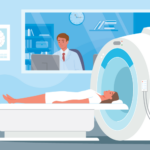



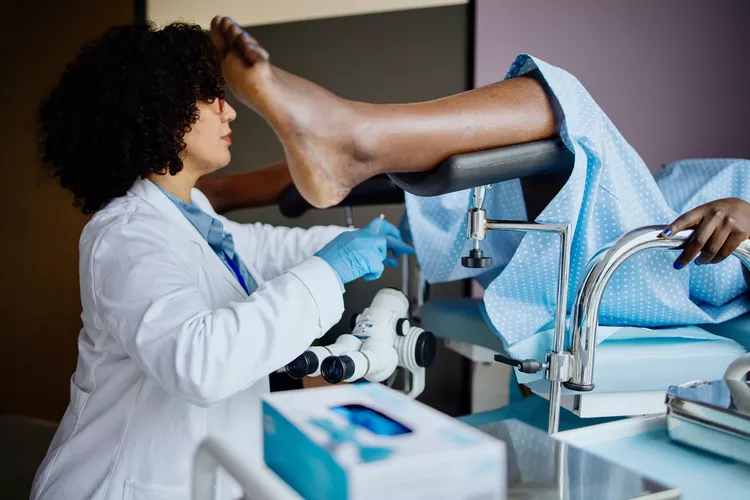








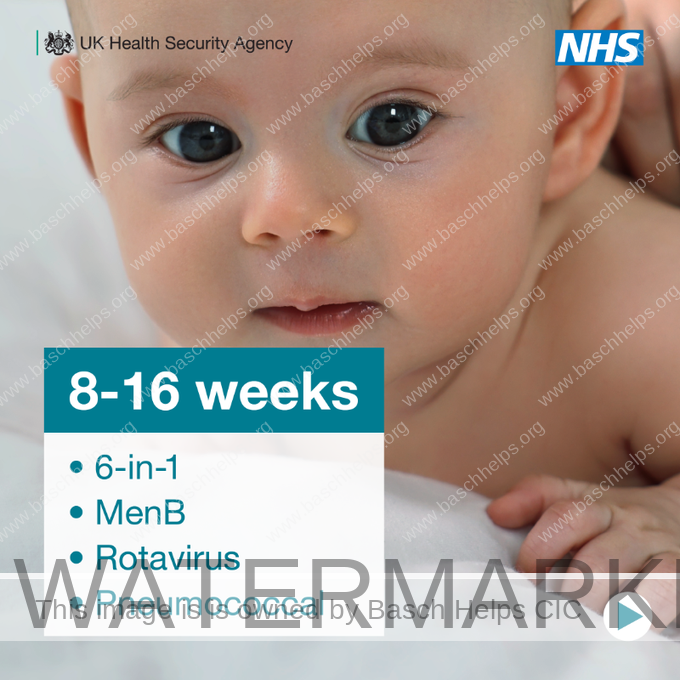 At 8-16 weeks your baby should have taken all these vaccinations
It's important that vaccines are given on time for the best protection, but if you or your child missed a vaccine, contact your GP to catch up.
To get more information on how to book an appointment in London.
At 8-16 weeks your baby should have taken all these vaccinations
It's important that vaccines are given on time for the best protection, but if you or your child missed a vaccine, contact your GP to catch up.
To get more information on how to book an appointment in London.
